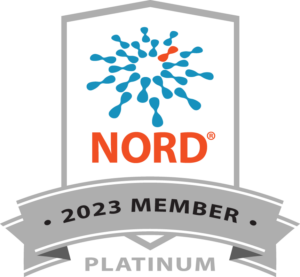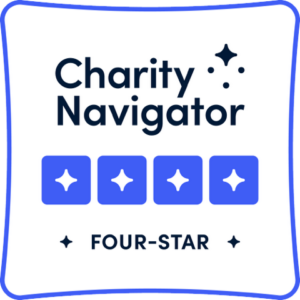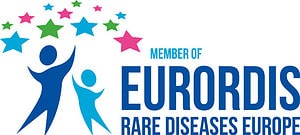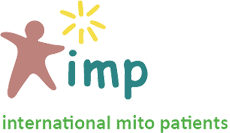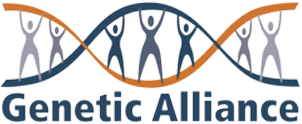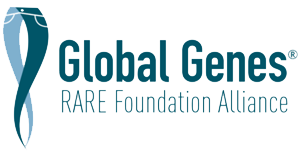We need to eat to maintain our energy. Fat plays many important roles in the body as a food source:
- Fat provides a very important source of energy for the body as a whole, especially during fasting.
- Fat serves the skeletal muscles as an energy source during prolonged exercise.
- A healthy liver converts fats into a substance know as ketonesBy-products formed when the body breaks down fat for energy. The ketones can accumulate in the blood and an excessive amount of ketones is called ketosis. which circulate around the body as a source of energy for the brain and other organs.
Managing symptoms, energy demands and nutrition are key components to successfully navigate FAOD.
Energy Management
- Illness. Illnesses associated with a poor appetite can endanger an individual with an FAOD. Wash hands frequently and avoid unnecessary infectious exposures.
- Fasting (length of time between meals). Avoiding prolonged fasting is a basis for treatment. The duration of safe fasting varies at different ages. Infants and young children may need to be wakened or reminded to eat at frequent intervals. Some children who are not good eaters may need snacks at bedtime or during the night. Some young children may need supplemental feeding or a feeding tube to provide continuous feeding until the body matures to handle an interval of time without food. Older children and adults need to follow a schedule for snacks regularly during the day to prevent an energy crisis.
Nutrition
Some treatments involve a low fat/high carbohydrate diet as individuals with FAODs do well with a regular source of carbohydrates during the day. Treatment can involve particular supplements or nutrients. Some patients benefit from medium chain triglyceride oil (MCT oil) or Dijolvi (triheptanoin), a special type of medium chain oil for the treatment of long chain FAOD. Nutritional plans vary based upon individual needs of the patient.
The table below lists a few strategies used in the treatment of FAODs.
| Dietary Treatment and Supplements | Rationale for Therapy |
|---|---|
| Low Fat/High Protein and Carb Diet | Ensures glucose or carbohydrates as a usable energy source. Reduces burden of fat for individuals who have trouble metabolizing fat. Usually a heart healthy diet provides an adequate amount of dietary fat. |
| Carnitine supplementation | Carnitine binds the accumulating abnormal fat compounds in the body and facilitates their excretion. Supplementation may not be required if blood levels are normal. In carnitine uptake defect (CUD), carnitine is life-saving. |
| Medium Chain Triglyceride (MCT) or Dijolvi (triheptanoin) | In patients with long-chain fatty acid oxidation disordersA group of genetic conditions that affect how the body breaks down fats to make energy., these medium-chain supplements provide a safe and usable source of fat. Patients with MCAD deficiency should not use MCT oil or triheptanoin as they are toxic to them. |
| RiboflavinIt is a type of vitamin B. It helps in red blood cell production and aids in the release of energy from proteins. | Riboflavin is a vitamin needed by certain enzymes to function. Specific FAODs may respond to a riboflavin supplement. |
| CoQ10 or Coenzyme Q10A relatively small fat-soluble organic (i.e., carbon-containing) molecule, found in membranes throughout the in the body. It readily transports both electrons and protons. Its many essential functions | CoenzymeA relatively small organic (i.e., carbon-containing) molecule whose presence is required in order for the biological activity of an enzyme to occur. Thus, coenzymes are a particular kind of cofactor. Q10 (CoQ10) is a substance that supports ATP production in the mitochondria. Supplementing with CoQ10 can help people with certain forms of FAOD reduce symptoms and improve energy |
Research and development are underway to identify new treatments for FAODs. Visit the MitoAction website at www.mitoaction.org and INFORM at www.informnetwork.org to stay updated on current clinical trials.
Illness and Infection
If an illness or infection is associated with a diminished appetite and caloric intake is reduced, an FAOD patient is at risk of developing acute and potentially life-threatening symptoms. An individual may stop eating, start vomiting, become sleepy or unresponsive. At these times, hydration and IV fluid therapy with glucose is the best way to restore necessary energy to the body. This is provided in the ER setting.
Here are some helpful tips for a hospital visit:
Carry an emergency protocol provided by your doctor that explains the disorder and management recommendations.
- Wear a Medic Alert bracelet or similar device.
- Anticipate placement of an IV line for fluids with glucose.
- Make sure the ER physician is aware of all medication and supplements you are taking.
Important: Treatments for FAODs include various options beyond medication. A physician should always guide specific treatments. Patients should not take any supplements or try any treatment unless prescribed by a doctor.




